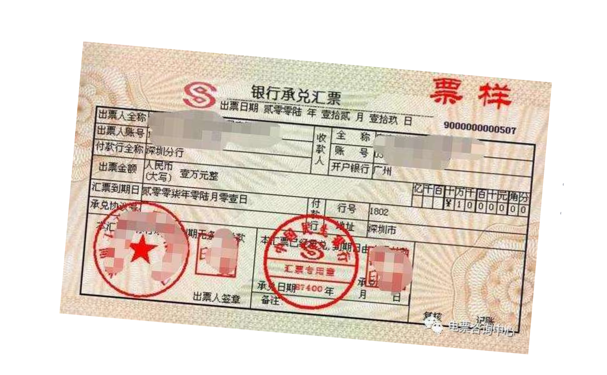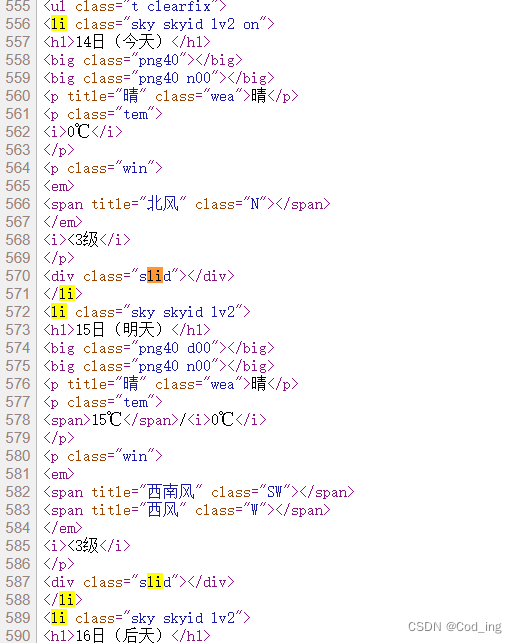#读取每一行
# reader = csv.reader(f) 此时reader返回的值是csv文件中每行的列表,将每行读取的值作为列表返回
#读取每一行 filename='D:\\file_information1.csv' import csv with open(filename,newline = '',encoding = utf-8') as f: 参数encoding = 'utf-8'防止出现乱码 reader = csv.reader(f) 使用csv的reader()方法,创建一个reader对象 csv.reader()读取结果是列表 for row in reader: 遍历reader对象的每一行 print(row)
如何往csv格式文件写入数据
1.write()函数写入文本文件的也是字符串类型。
2.在’w’和’a’模式下,如果你打开的文件不存在,那么open()函数会自动帮你创建一个
3.'w’写入模式会给你暴力清空掉文件,然后再给你写入。如果你只想增加东西,而不想完全覆盖掉原文件的话,就要使用’a’模式,表示append,你学过,它是追加的意思。
file1 = open(D:\\new\\abc.txt',a') file1.write(张无忌\n宋青书\n) file1.close()
enumerate()
enumerate() 函数用于将一个可遍历的数据对象(如列表、元组或字符串)组合为一个索引序列,同时列出数据和数据下标 ,一般用在 for 循环当
以下是 enumerate() 方法的语法: enumerate(sequence, [start=0])
- sequence -- 一个序列、迭代器或其他支持迭代对象。
- start -- 下标起始位置。
返回 enumerate(枚举) 对象
seasons = [SpringSummerFallWinter] print(list(enumerate(seasons))) [(0,'Spring'),(1,'Summer'),(2,'Fall'),(3,'Winter')] print(list(enumerate(seasons,start=1)) ) [(1,(4,'Winter')]
普通for循环: i = 0 seq = [onetwothreefor element in seq: print( i,seq[i]) i +=1 ''' 0 one 1 two 2 three '''
for 循环使用 enumerate seq1 = [for j,element enumerate(seq1): (j,element) '''
#获取文件的编码方式
chardet def get_file_code(file_path): with open(file_path,rb) as f: data = f.read() print(获取到的CSV文件编码为:%s' % (chardet.detect(data)[encoding])) return chardet.detect(data)[] file_path = r get_file_code(file_path)
#判断文件的编码方式
f = open("",1)">")二进制格式读文件 i = 0 while True: (i) line = f.readline() if not line: break else: try: print(line) # print(line.decode('utf8')) line.decode(utf8) 为了暴露出错误,最好此处不print except: (str(line)) i += 1
#读取首行
filename= with open(filename,1)">r')as f: 自行先判断文件的编码方式 read=f.readlines() for index,info enumerate(read): if index ==0: 这里判断 这里输出的是字符串类型 print(info)
#读取首行之外的所有行
filename=)as f: read=if index !=0: print(info)
#读取前10行
filename=if index <10: 这里为索引,是 int 整形 print(index,info)
#读取任意行,可根据index索引
csv filename=print(index) 自己根据index的数字判断
#读取第一和第二列
csv.reader(f) enumerate(read): 这里输出的是列表类型 print(info[:2]) [:2]代表的是读取第0列和第1列 ,第2列不包括
#读取除首行之外的第一,第二列
if index!=0: 这里加判断 print(info[:2])
#读取最后两列
print(info[-2:])
#读第一行的第三列
filename=if index==0: print(info[2:3])

 前言 本文使用Python实现了PCA算法,并使用ORL人脸数据集进行...
前言 本文使用Python实现了PCA算法,并使用ORL人脸数据集进行... 前言 使用opencv对图像进行操作,要求:(1)定位银行票据的...
前言 使用opencv对图像进行操作,要求:(1)定位银行票据的... 天气预报API 功能 从中国天气网抓取数据返回1-7天的天气数据...
天气预报API 功能 从中国天气网抓取数据返回1-7天的天气数据...